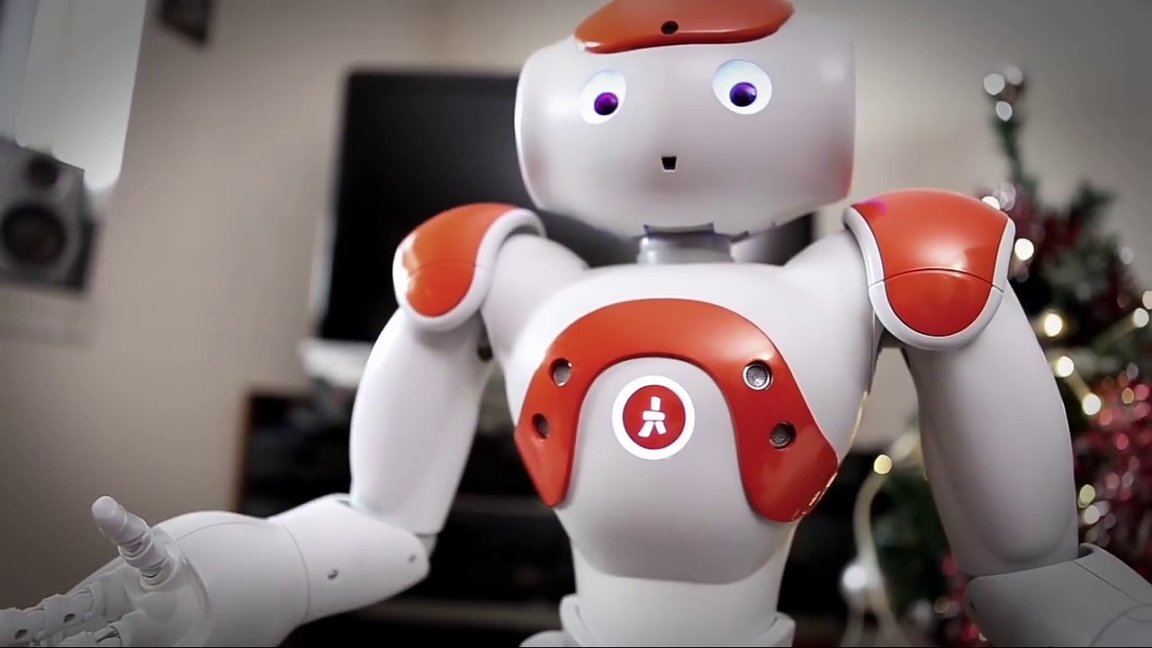
Robots Getting Friendly
There’s a point on the Uncanny Valley when a humanoid robot turns from something “friendly” into something terrifying. An example of a robot that would naturally register as non-threatening would be Star Wars‘ C-3PO. We can still differentiate between computer and human at that level. It’s familiar to us, but we know for a fact that it’s non-human.
Even though we see these robots in such a way, is it possible that we could associate them with a deeper emotional response?
Jamy Li, Wendy Ju, and Byron Reeves from Stanford University took that to the test. They took an NAO robot and programmed it for their specific experiment. What they found was that touching a robot intimately created physiological arousal in participants.
All in all, the experiment consisted of instructions that were spoken by the robot to participants. This was followed by 26 trials. There were three steps that made up each trial. First, the robot asks the participant to touch it in a certain area of its body. Next, the participant touches that body part. Lastly, the robot teaches the participant about that particular body part in medical terms.

During the trials, participants were monitored via sensors for skin conductance, levels of physiological arousal, and reaction time between command and touch.
They were able to come to this conclusion due to the participants’ hesitance in touching certain body parts. When informed to touch a common part such as the hand or neck, there was little refrain. But when told to touch a part that’s not commonly touched, such as the eyes or buttocks, their response times were greater.
Primitive Behavior
The field of communication shows that touch is a primitive behavior. It’s used as a “social glue” that binds people and communities together by building and influencing trust. “Our work shows that robots are a new form of media that is particularly powerful. It shows that people respond to robots in a primitive and social way,” stated Jamy Li.
The team will present their research at the 66th Annual Conference of the International Communication Association in Fukuoka, Japan. In the meantime, what does this mean for us and the future of humanoid robots? Will we be able to see them on a much deeper emotional level?